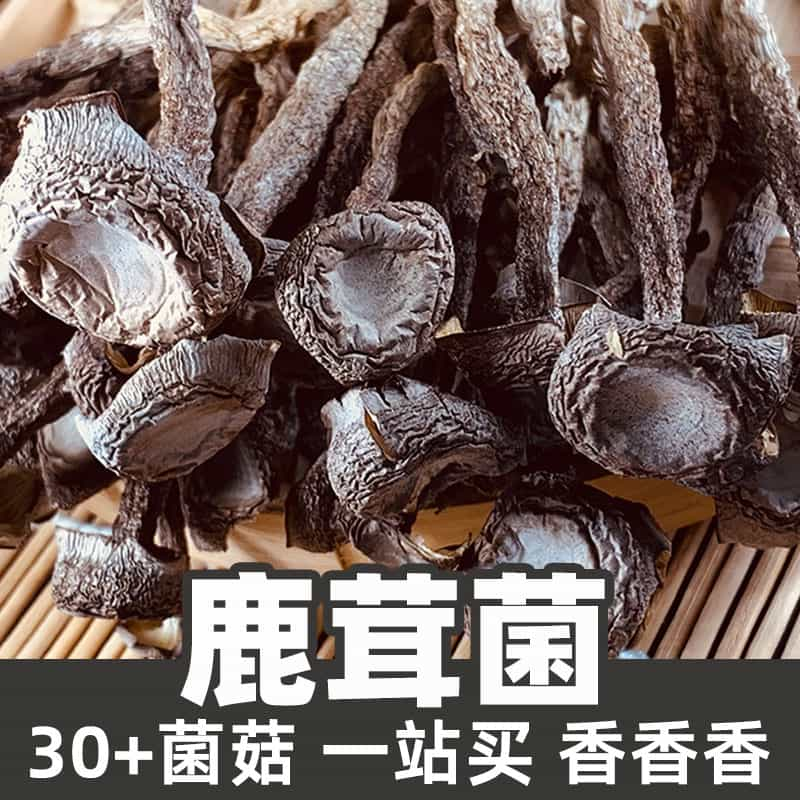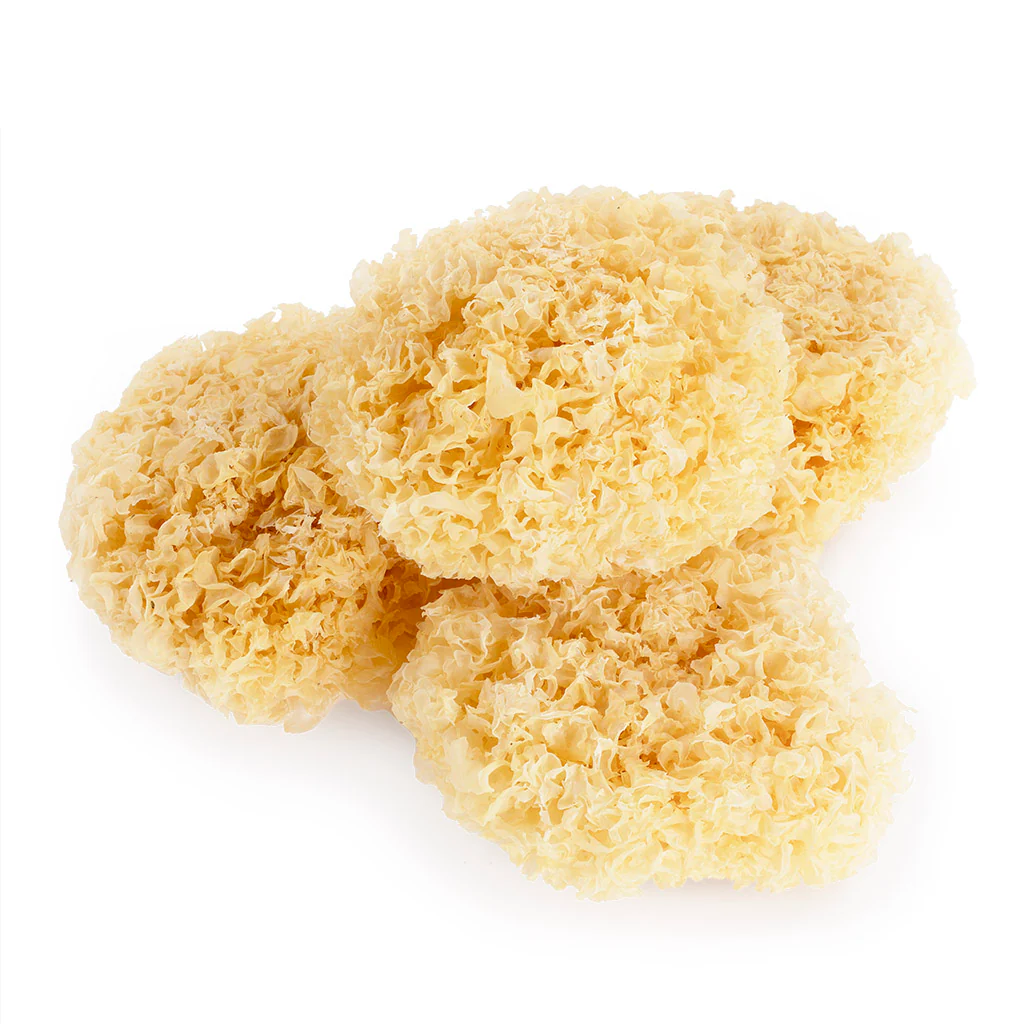Morels are sought-after mushrooms known for their unique flavor and culinary versatility. They are springtime delicacies that typically emerge in the months of April and May after the frost has passed. Morels grow in woods, particularly near elm, ash, and apple trees, where they form symbiotic relationships with these plants. The unmistakable appearance of morels, with their honeycomb-like caps and hollow stems, sets them apart from other mushrooms, making them highly desirable among chefs and food enthusiasts. These mushrooms have been used in various traditional dishes around the world, and due to their rich, earthy flavor, they improve sauces, pasta, risottos, and even meats.
Morels also have a rich nutritional profile, making them more than just a tasty ingredient. They are a good source of vitamins (including B vitamins), minerals, and antioxidants. Besides culinary uses, morels are being studied for their potential health benefits, including anti-inflammatory and immune-boosting properties. Their unique flavor and texture have made morels a popular choice not just for home cooks but also for restaurant chefs seeking to elevate their dishes.
With the rise of foraging and the popularity of wild foods, morels have gained significant attention, and their short growing season and gourmet appeal make them a highly sought-after product among those who appreciate natural ingredients.
Key active ingredients in morels include polysaccharides, particularly beta-glucans, which are known for their immune-boosting properties. Morels also contain significant amounts of proteins, with a complete amino acid profile. Additionally, they are a good source of fiber, which aids digestion. Their mineral content includes phosphorus, selenium, and zinc, contributing to overall health through various bodily functions. Some studies indicate that morels contain phenolic compounds that may exhibit antioxidant activity, potentially helping to combat oxidative stress and inflammation in the body.
While morels are valued primarily for their culinary contributions, their nutritional composition adds another layer of appeal. They serve not only to delight the palate but also to provide essential nutrients for a healthy diet. Their role in various cuisines highlights their adaptability, making morels suitable for both traditional and modern dishes.
Morels can be enjoyed in a multitude of ways, from sautéing to grilling and incorporating them in soups and sauces. Their taste pairs well with many ingredients, including cream, butter, and herbs such as thyme and parsley. Chefs often use morels to enhance the flavor of meats, particularly gamey dishes like venison or rabbit.
In addition to their use in cooking, morels are also utilized in the food preservation industry, where they are often dried for later use. This process helps to intensify their flavor, providing a concentrated taste that can enhance a range of recipes. Furthermore, morels are gaining traction in gourmet markets and through online sales, making them more accessible to food lovers and home chefs alike.
Morels thrive in specific environments, preferring well-drained, sandy soils often found in wooded areas, particularly near certain trees. They are mycorrhizal fungi, meaning they form symbiotic relationships with the roots of trees, exchanging nutrients. Locations with altered soil pH or disturbed environments, such as areas recovering from forest fires, can also promote morel growth, favoring their sporadic emergence.
Geographically, morels are most commonly found in North America, particularly in the Midwest and Appalachian regions, but they can also be spotted in parts of Europe, Asia, and North Africa. In North America, they bloom primarily in moist conditions, with ideal temperatures ranging from 50 to 70 degrees Fahrenheit. Environmental factors such as rainfall and soil temperature significantly influence their growth patterns, leading to yearly variations in their populations.
Morels can be challenging to find due to their short season and specific habitat requirements. Foragers often develop a keen eye for spotting these mushrooms, hidden amidst leaf litter and vegetation. They can be found in specific regions during particular times of the year, requiring guidance from seasoned foragers or additional research for novice mushroom hunters.
When it comes to harvesting, morels should be picked carefully to prevent damage to the surrounding mycelium, ensuring future growth. After harvesting, they should be cleaned gently to remove any debris and insects, as they can harbor dirt within their cavities. Freshly harvested morels should be kept cool and used quickly, as they have a short shelf life.
For longer preservation, many opt to dry morels, a process that involves arranging them in a single layer and placing them in a dehydrator or a warm, dry place until completely desiccated. Properly dried morels can be rehydrated by soaking in warm water before use, maintaining their flavor and texture. Storage recommendations emphasize keeping dried morels in airtight containers to protect them from moisture and light, extending their usability for several months.
In summary, morels encompass a blend of culinary delight and nutritional benefit, making them appealing to homeowners, chefs, and foraging enthusiasts alike. Their unique growing conditions and methods of preparation further enhance their status as a valued mushroom.
Monica Sun is a seasoned expert in the natural raw materials industry, with over a decade of experience specializing in traditional Chinese medicinal herbs, spices, and fungi. She is skilled in the sourcing, processing, and application of these materials, emphasizing sustainability and innovation. Monica Sun has contributed to the development of high-quality natural raw materials that serve as essential components in functional foods, pharmaceuticals, and cosmetics, delivering tailored solutions to meet diverse market needs.

















